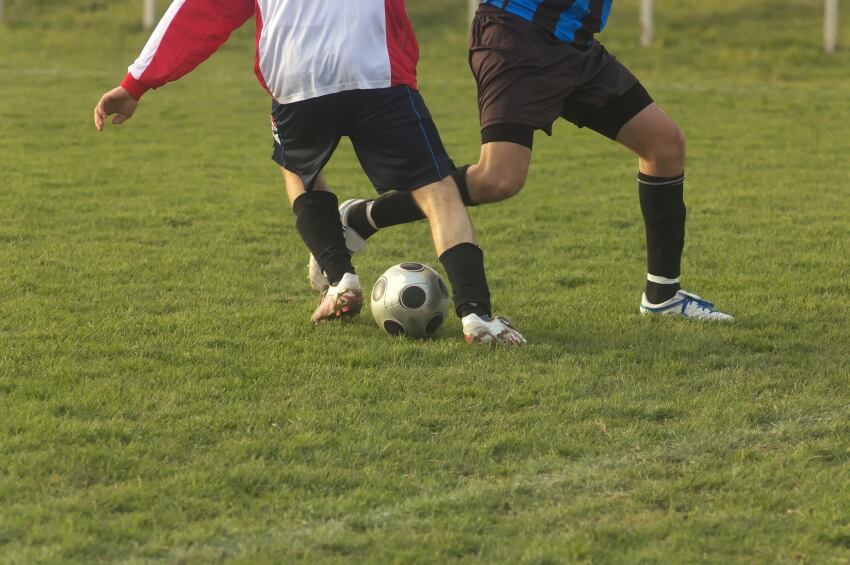Researchers from Flinders University in Adelaide, Australia, reported that when athletes are given high amylose maize starch as well as glucose to supplement their usual hydration strategies, athletes experienced “better hydration not only at the end of training as well as following a recovery period but also at its commencement.”
This was indicated by looking at hematocrit (the volume percentage of red blood cells in blood) and body weight.
“These results reflect better hydration before training and at the completion of training as well as 30–60 min after commencement of the post-training recovery period. This appears to be the first time that a hydration strategy has been shown to result in better hydration prior to exertion,” they wrote in their study, published last month in the Journal of the International Society of Sports Nutrition.
The study was funded by Flinders Partners, a commercialization arm of the university. The resistant starch used in the study was a commercially available acetylated Hylon VII from ingredient supplier Ingredion.
Prompting the study was an observation that “current sports drinks consumed by athletes during and after prolonged physical activity, often have a glucose content much higher than that demonstrated to be the most effective for rehydration in medical settings,” they wrote.
“Studies in human volunteers have shown that water absorption from the small bowel is impaired when luminal glucose concentration is higher than 80 mmol/L and may be reversed.”
For the present study, the researchers explored how glucose driving small intestinal fluid absorption and resistant starch-generated short chain fatty acid driving large intestinal fluid absorption may provide a new option for improving hydration in athletes.
Study design
The researchers used a single-blinded, cross-over study design performed over four separate days; two control days and two intervention days.
A total of 27 Australian rules football players participated on each of two days during control and intervention arms. All participants were AFL club-listed players from the Adelaide Football Club who had entered intense pre-season training in the hot summer days of mid to late January, where temperatures down under can reach 90 degrees Fahrenheit.
For the control days the players stuck with their usual hydration practices consuming their preferred hydration fluids (water, Gatorade or a combination of both).
During the intervention days, the players were first instructed to consume the 100 g high amylose maize starch in 600 ml of commercially available flavored milk as a preload the evening before. On days of training, participants drank a specially blended sports drink, containing 5 g/L glucose and 45 g/L resistant starch.
However, four players experienced abdominal discomfort (including flatus) when consuming a 100 g resistant starch preload. For this reason, all players were then given the option of consuming 50 g or 100 g.
Players were not blinded during the study, due to the nature of the resistant starch, but all those taking measurements were.
“The main weakness was that this was a single blinded study with players being aware of the study arm they were in on each day; it is possible that this could have influenced the amount of fluid they decided to consume,” the researchers wrote.
“However, the measures reported were objective and not subject to recording bias as the recorders were blinded to the study arm which applied to each participant.”
For now, the researchers argued that “the magnitude of benefit may be sufficient to improve performance and further studies to test this.”
Source: Journal of the International Society of Sports Nutrition
https://doi.org/10.1186/s12970-018-0253-8
“Comparison of a sports-hydration drink containing high amylose starch with usual hydration practice in Australian rules footballers during intense summer training”
Authors: Sinead mary O’Connell

